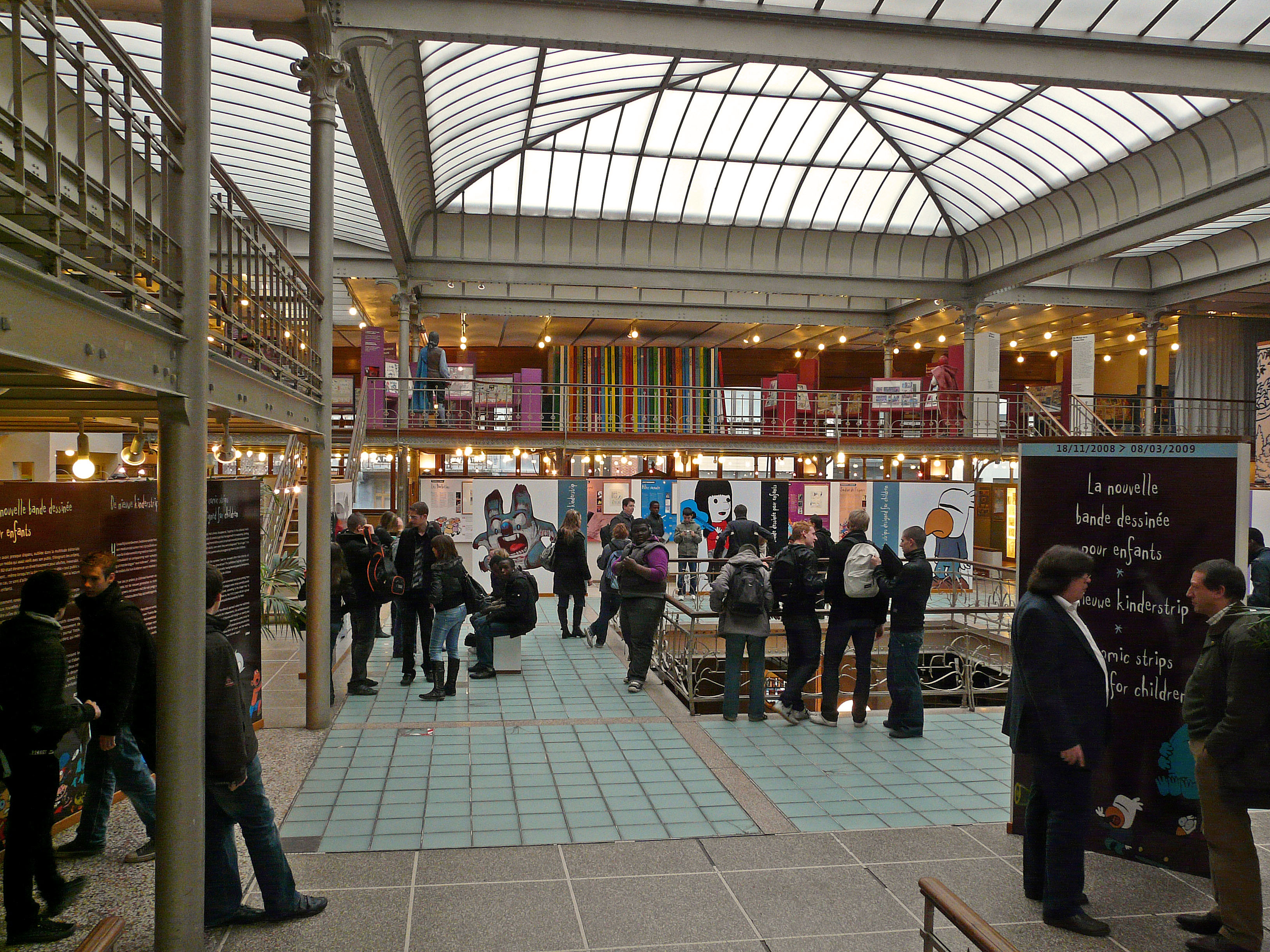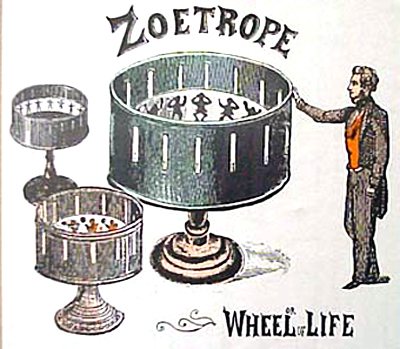NOTE: Apologies for leaving all my regular readers hanging. Been very busy since I got back in SA. I hope to finish Belgium up over the next few days!
We had a comfortable night and woke up to a wet, grey morning. Our room included breakfast; a selection of cereals, rolls, waffles, and cheese. Fortified against the weather we set out into the city.
We stopped at the
Notre-Dame du Sablon, and went in to see the alter put up by the city's fighting guilds. Only got photos of this when we past again, later in the day, so see below! Also when past the Palace of Justice which I'll also discuss later.
As mentioned in an earlier post, Belgium is truly a visual place. Spotted this set into the pavement.
Still lots of Halloween decorations left-over from the previous month, but who won't leave a trick-or-treating Spongebob Squarepants up a while longer!
Finally we saw our goal at the end of the street, the Halleport.
The
Halleport is the refurbished remains of an old city gate, built in 1381. It's been used for all sorts over the year, including a church and a prison, but is now part of the Royal Museums of Art and History.
It's got a couple of nice pieces of armour, but what we really enjoyed was the guild history, and guild artefacts. The armour collection includes the parade armour of Archduke Albert VII (1559–1621) of Austria which he wore during his “Joyous Entrance” in July 1599. Exhibited next to the suit is Albert's and his wife Isabella's horses, which are considered to be the oldest surviving example of taxidermy. If you look carefully at the horse's neck in the photo below, you can still see the bullet hole that killed it.
.JPG) |
| According to tradition, the horse in armour saved the life of Albert during the siege of Ostend in 1602, while the other one was ridden by Isabella at her entry into Brussels in 1598. |
.JPG) |
| St. George, minus his spear. |
Reminders that I really must get back into my embroidery. Would love to create a crewel work tapestry for the house!
I quite liked this statue of Saint Barbara. With the book and the sword, I think we'd get along fine. Apparently she is best known as the patron saint of armourers, artillerymen, military engineers, miners and others who work with explosives, and also of mathematicians.
So much guild history in one place was an unexpected find. Really enjoyed learning more about all the fighting guilds of the city.
In general, the building was lovely. Even spotted a few open halls that would be perfect for sword practice!
By the time we got to the roof, the rain had started to clear. It's possible to walk all around the edge and appreciate the 360 degree panorama of the city. In the photo below it's possible to see the
Atonium, that structure made up of silver globes on the horizon. It was originally constructed for the 1958 Brussels World's Fair, and is built so that it forms the shape of a unit cell of an iron crystal magnified 165 billion times.
Since I always regret that I never have any pictures of James and I while away, we managed this not too ghastly "selfie".
When we finally left the chap on duty at the door commented on how long we took. Apparently we're a bit more intensive about our history than some folk.
We did a brief detour to the martial arts shop we spotted from the top of the Halleport (why not?), and then set off for the Grand Place at a brisk walk to join our booked chocolate tour. The route led us past some fascinating stores, second-hand shops, and antique stalls. Saw lots of strange and wondrous things; the one place even had a horse's leg bones!
We passed through the
Grand Place, the big central square of Brussels.
Then rendezvoused with the chocolate tour just off the square.
The
chocolate tour was highly recommended on
Trip Advisor, and we were looking forward to it, and didn't quite know what to expect. Our guide was a very friendly, enthusiastic young lady, and since the other guy who booked hadn't turned up, we essential had a private tour! We visited six different chocolate shops that are part of the higher end of the market, ranging from the cheapest to the most expensive, and had a single sample at each.
We started at the
Galeries Royales Saint-Hubert, the original incarnation of the modern shopping mall. These streets were roofed in 1845 with the intention of creating a comfortable shopping environment not dependent on Europe's sometimes gloomy weather.
Our first stop was
Leonidas, the lower end of the high-market chocolate. Apparently too common for Belgiums to give as gifts, these are the chocolates you would buy to treat yourself. Personally, I found the sample too sweet.
Second stop was Neuhaus, a company founded in 1857 by Jean Neuhaus, a Swiss immigrant. The store we visited in the Royal Gallaries was the first Neuhaus store opened. Mr Neuhaus actually started his business by covering the medicines in chocolate to make them more easy to handle and better to eat. In 1912, his grandson, Jean Neuhaus II, invented the chocolate bonbon or praline which Belgium is famous for.
According to our guide, Mr Neuhaus' wife was responsible for the invention of the decorative chocolate box.
The Neuhaus company also appears to have invested in a number of different merchandising rights.
Our third stop in the Royal Galleries was
Mary, started by Mary Delluc in 1919. Mary is famous for its art deco style, and is the first place on the tour that still does hand-made and hand-decorated chocolates.
After that we left Mary and trekked across the old town back to the Sablon. On our way we passed the
Cathedral of Saint Micheal which we had spotted looming in the distance earlier.
The up hill was quite noticeable.
Then we landed up back on the stretch of road we had walked in the rain this morning. The sun fully out and the rain clearing, I managed to grab some photos this time round. James and I managed to astound the guide with our historical knowledge. James went into lecture mode once or twice, leaving the guide laughingly admitting that he's pretty much just spouted the history she was going to tell us, but in greater detail.
.JPG) |
| Palace next to the Palace Gardens |
.JPG) |
| The Palace of Justice. A place that has been under renovation so long, 31 years, that it's scaffolding has had to be renovated! |
.JPG) |
| The Sablon Cathedral where we saw the alter of the fighting guilds. |
Just across the street from the Sablon Cathedral is the Petie Sablon, where the old horse market use to be. The garden here now is dedicated to the guilds, and has a different statue for each guild on the fence posts.
.JPG)
Here's a close-up of the fighting guild statue.
The fourth stop on our chocolate tour was
Frederic Blondeel. I really like this chocolatier's shop; as you walked in you could smell the wooden floor and the slightly bitter scent of coco. The display consisted of crushed coco beans and shavings of untempered chocolate (not glossy), all in different tones of brown. With my sight and sense of smell engaged, I was more than ready to engage my sense of taste as well. It was also here that we encountered the concept of "raw chocolate" for the first time. Made with coco beans that were left to dry naturally rather than roasted, it's supposedly very high in stuff that's good for you. It's also proclaimed as being everything from a super food to an aphrodisiac. We bought some to try later, and although we found it very good, we realised we should maybe have grabbed some of Blondeel's normal chocolate to compare it with.
The fifth stop was Pierre Marcolini on the Rue des Minimes. I must agree with our guide that the whole look and feel of the place was similar to that of a jewellery store! Lots of glass, artful lighting, and modern, clean lines. As we walked in we managed to score a free sample to taste while wandering around. The official chocolate we sampled here tasted exactly like German lieb kuchen. We were able to guess that it contains cloves, cinnamon, and ginger, but not the cardamom. Very interesting. I'd have loved to buy some of these to take home, but the prices are crazy!
The sixth and last stop was at
Partrick Roger. From reputation, it seems that Mr. Roger falls more under crazy genius than chocolate maker. The samples we tried here came in tiny boxes, almost like a jewellery box.
Upon opening it we were faced with what looked like half a green marble, like the ones in the picture below. It was an amazing combination of many different flavours! Again, would have loved to buy some to take home, but not only do these chocs not travel well, they would have put me back 4 Euro each!
The shop itself was a feast for the eyes, with the modern lighting, painted brick walls, these bowler hats crafted from chocolate on the one side...
And this incredible, almost life-size chocolate lioness on the other!
After taking leave of our guide we caught our breath at the Sablon Leffe pub, then slowly made our way to the Six Nations pub where we could catch some of the rugby.
The Scotland/New Zealand game was good, the beer was bad. Despite the appalling selection, we hung around and watched the French/Aussie game too.
On our way back to the hotel, we crossed the Grand Place again. Must admit I was far more impressed with it at night. Beautifully lit up.
.JPG)
.JPG)
.JPG)



.JPG)
.JPG)
.JPG)
.JPG)
.JPG)
.JPG)
.JPG)
.JPG)
.JPG)
.JPG)
.JPG)
.JPG)
.JPG)
.JPG)
.JPG)
.JPG)
.JPG)
.JPG)
.JPG)
.JPG)

.JPG)
.JPG)
.JPG)
.JPG)
.JPG)
.JPG)
.JPG)
.JPG)
.JPG)
.jpg)
.JPG)
.jpg)
.JPG)
.JPG)
.JPG)
.JPG)
.JPG)
.JPG)
.JPG)
.JPG)
.JPG)
.JPG)
.JPG)
.JPG)
.JPG)
.JPG)
.JPG)
.JPG)
.JPG)
.JPG)
.JPG)
.JPG)
.JPG)
.JPG)
.JPG)
.JPG)
.JPG)
.JPG)
.JPG)
.JPG)
.JPG)
.JPG)
.JPG)

.JPG)
.JPG)
.JPG)
.JPG)
.JPG)
.JPG)
.JPG)
.JPG)
.JPG)
.JPG)
.JPG)